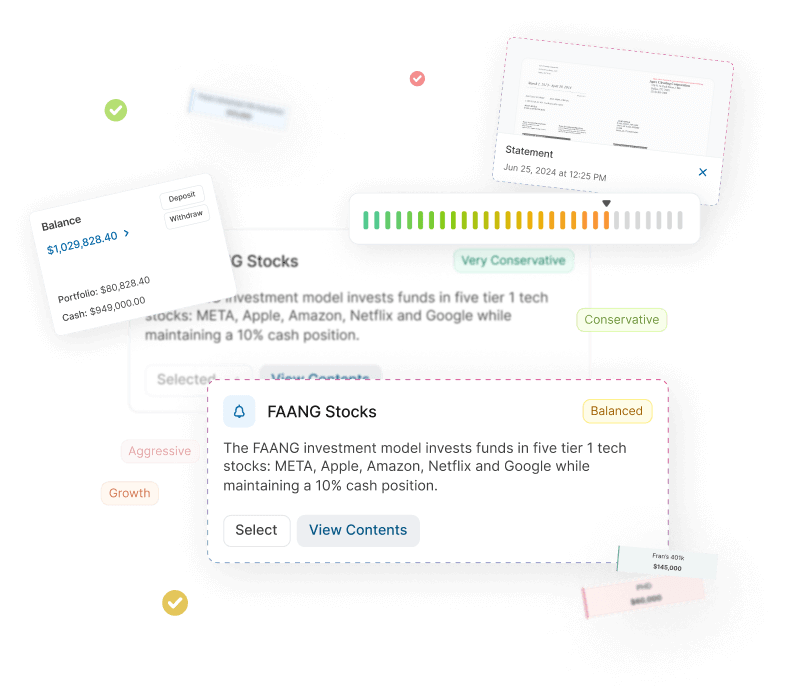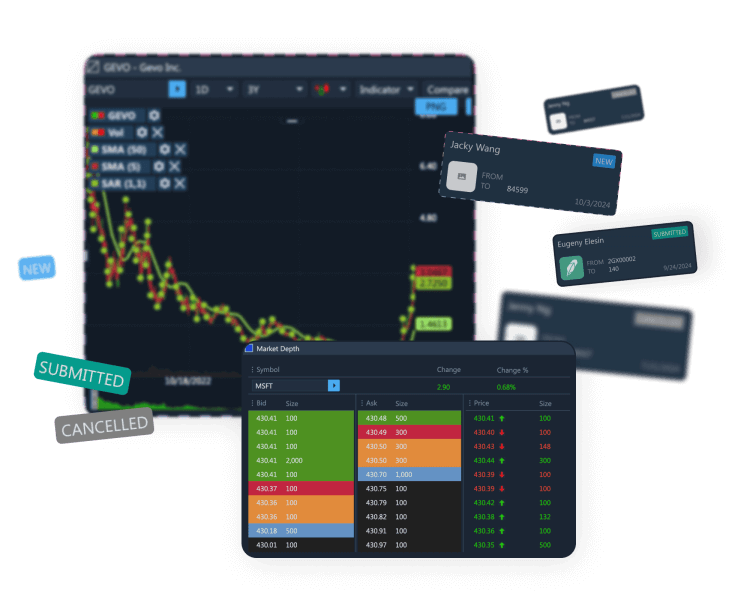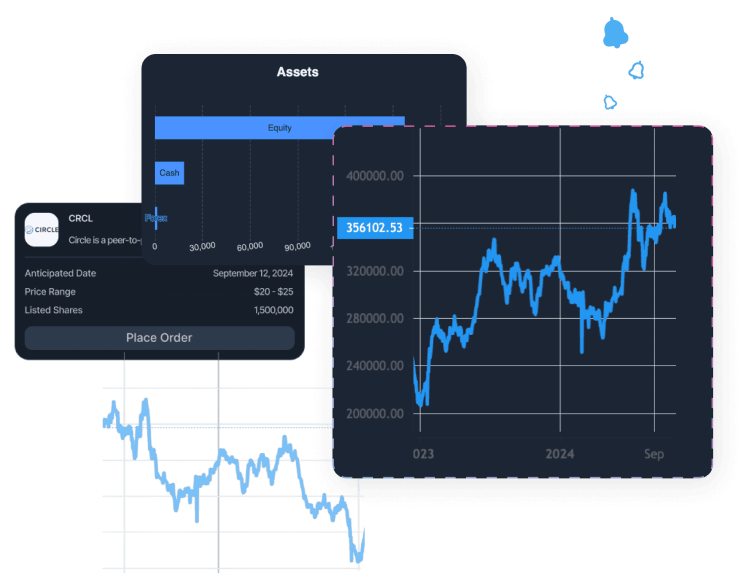
For reasons we cannot fathom, broker-dealers and FinTech firms are under the impression that buying a turn-key trading platform isn’t affordable. It seems like only a small clandestine group of tech-savvy Wall Streeters are aware that building a trading platform from scratch is more resource intensive and time consuming due to the plethora of known and unknown costs that materialize as the project unravels. Considering ETNA has built several full featured trading platforms in its 12 years of existence, here is what you can expect if you’re pursuing a similar venture.
Top engineering talent is hard to find and costs big bucks. Not only will you need to shell out for a competitive salary, but you would also need to offer a comprehensive benefits package to compete with other tech companies. For every 10 programming positions open, there are only 8 qualified candidates to fill those seats. Your buy in will vary based on whether you decide to outsource or hire locally, but let it be known that we’ve seen development costs ranging from 500K on the low end, to 60M on the high end. Yikes! Typically, most clients we’ve spoken with who’ve created trading platforms on their own spent 2M onward, not including ongoing support.
There’s always been a catch 22 with building technology to enter an industry that’s already dominated by big players. You want to build technology that’s cutting edge, but you don’t want feature creep to extend the development life cycle beyond budget. As the brokerage industry becomes more commoditized, traders are flocking to brokers that can offer the tools they need to make better investment decisions. If you don’t already have a well funded R&D department, and plan on keeping them around for a long time to come, chances are you might build something just to realize the project requires more resources than what you’re able to handle.
We already went over technology costs, but how about associated with adhering to the regulatory framework without having to manually monitor and approve every trade that goes through the system manually? Regulations are a beast all on their own, as it’s probably easier to invent a new wheel than go through all the filings with the FCC and FINRA. Not only does your organization have to meet strict guidelines, but your technology also has to be fully compliant to avoid fines and glitches that may leave you filing for an early bankruptcy.
Yes, we all love Google Drive and can’t imagine why someone would want to use anything else. When it comes to choosing between web and native, think carefully and use your forecasting abilities. With every major tech corporation moving to the cloud and Google’s new Chromebooks only giving laptops the ability to use browsers, we think the answer is quite obvious. The list of benefits for HTML5 based trading technology is long, but two things that stand out the most are accessibility and update deployment. Traders can access the platform from any browser without having to download new software, so even if you are at a friend’s house and need to make a quick trade, you can do so on a Mac or a PC. Updates are critical to maintain the performance, security, and stability of the platform. Any disturbance in updates can lead to a halt in trading activity and effect a brokers bottom line.
ETNA has had mobile trading apps since 2012 because we figured investors appreciate the ability to make emergency trades. When we began looking at user statistics for some of our clients, we noticed a startling statistic. In Asian markets, about 76% of all trades occur on the mobile platform. The same practice is beginning to catch on in the US, according to MarketWatch, and industry insiders expect that won’t change anytime soon.
As with any business; these brokerage hurdles are just the tip of the iceberg. With so many moving parts ranging from technology to legal requirements, its vital to ensure your value prop strategy goes beyond “if you build it, they will come”, with a thoroughly researched technical strategy.
So now I’ll leave it to the audience. What experiences have you had building trading technology?
For more information, please contact us or visit: www.etnasoft.com for industry news and company updates.

Demo Financial Advisor Software
Manage portfolios with advanced rebalancing and real-time insights.
Access customizable client reports and streamlined compliance tools.
Designed for advisors seeking efficient client and portfolio management.


Demo Advanced Trading Platform
Test multi-asset strategies with real-time and historical data.
Analyze market depth, execute complex options, and algorithmic orders.
Ideal for refining strategies and risk management before live trading.


Demo Paper Trading Platform
Practice trading with virtual funds in real market conditions.
Simulate cash, margin, and day-trader accounts to gain experience.
Perfect for honing skills in a risk-free, customizable environment.

